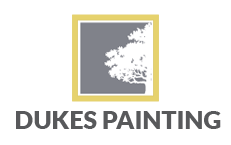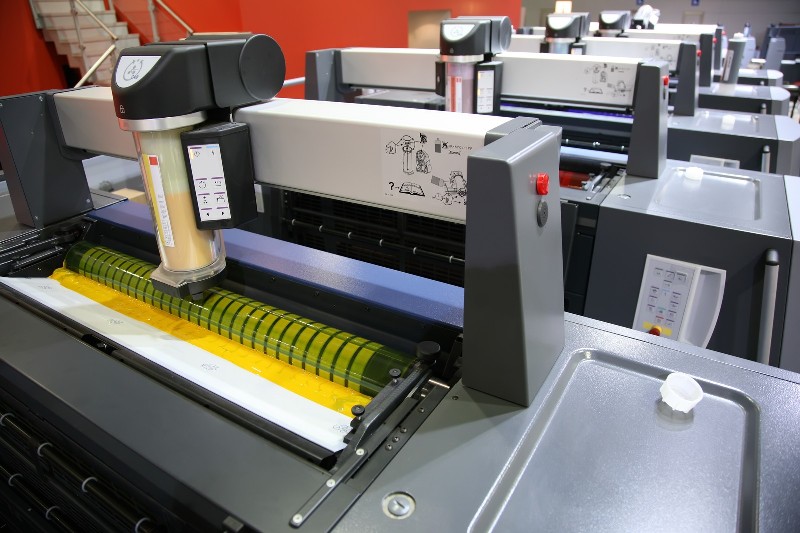Have you ever stopped to notice just how incredible a well-made book feels in your hands? The weight, the texture of the paper, and the way the spine feels as you open it. These factors are all influenced by the art of book printing and binding. In this blog post, we’ll explore the process of creating a book from start to finish, the various techniques used in book printing and binding at a printing shop near me, and why choosing the right printing and binding method matters.
The Printing Process
The printing process is the first step in creating a book. It begins with the creation of pages that will hold the text, images, and other elements of the book. Once this is done, the pages are printed using one of two primary printing methods: offset or digital. Offset printing is the preferred method for high-quality book printing as it produces sharp text and vivid images. Digital printing, on the other hand, is better suited for shorter print runs and is often used for print-on-demand services.
Choosing the Right Paper
Paper is another important factor in the book printing process. There are several options available, including coated and uncoated paper, and different weights and finishes. A book with thick, glossy pages will have a different feel than a book with thin, matte paper. Choosing the right paper is essential to the finished product and can impact the book’s perceived value.
Binding: The Art of Creating a Book
Once the pages are printed, the binding process begins. There are various binding techniques available, each with its unique benefits. Some of the most common binding methods include perfect binding, saddle stitching, and case binding. Perfect binding, or paperback binding, is a popular option for softcover books, while saddle stitching, where the pages are stapled together in the spine, is commonly used for booklets. Case binding, or hardcover binding, is the most durable binding option and often used for textbooks, reference books, and valuable editions.
Cover Design
A book’s cover is what entices readers and draws them in. It is also the most prominent aspect of a book’s design and needs to be eye-catching. A well-designed cover includes a combination of layouts, artwork, typography, and colors. The cover design should be cohesive with the contents of the book, as well as the author’s style and tone.
Conclusion:
The art of book printing and binding is a complex process requiring technical expertise and attention to detail. The result of this process is a book that can stand the test of time and be passed down from generation to generation. Choosing the right printing and binding method is critical in creating a book that will be cherished for years to come. So next time you pick up a well-made book, take a moment to appreciate the skilled artisans who brought it to life.

